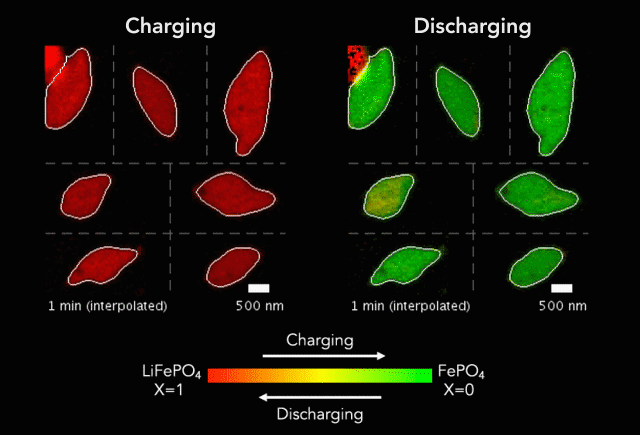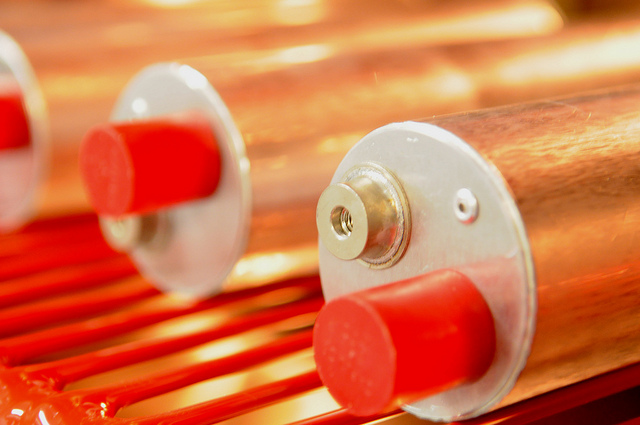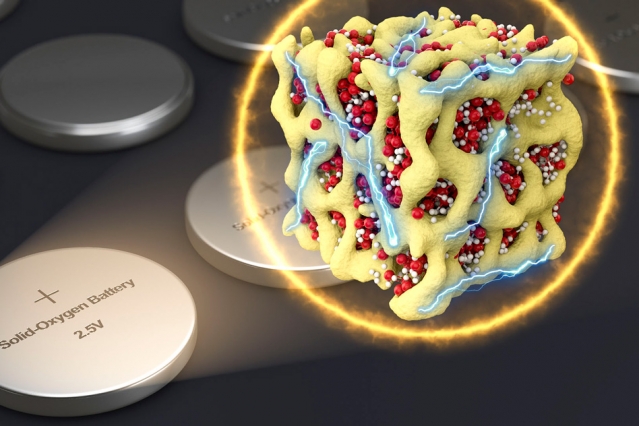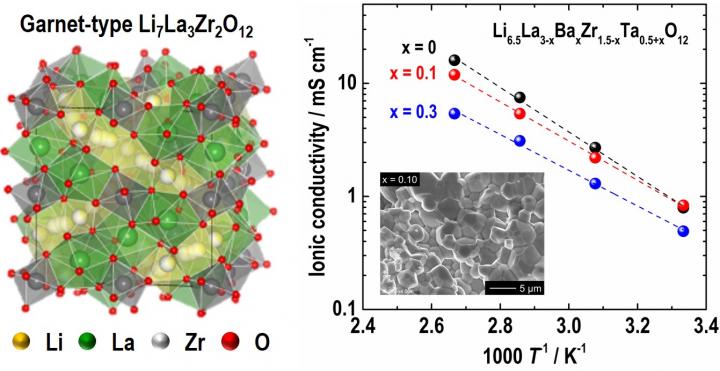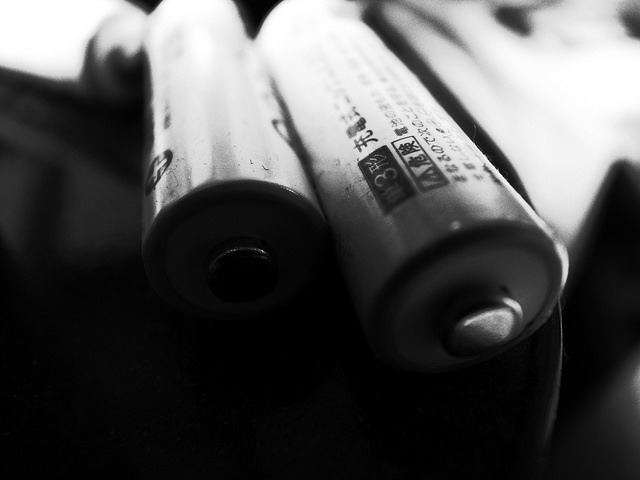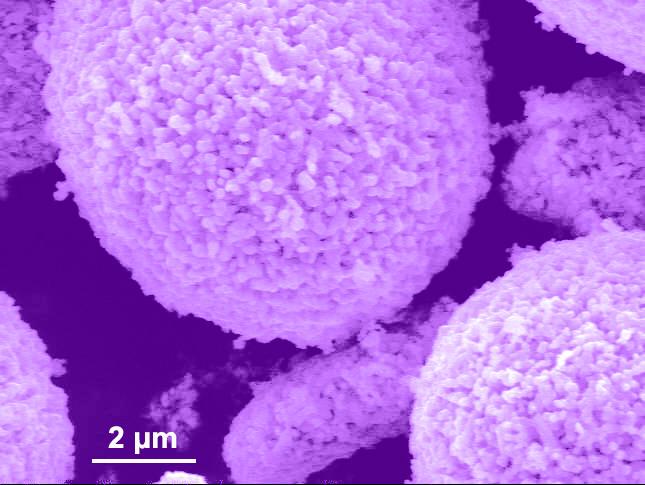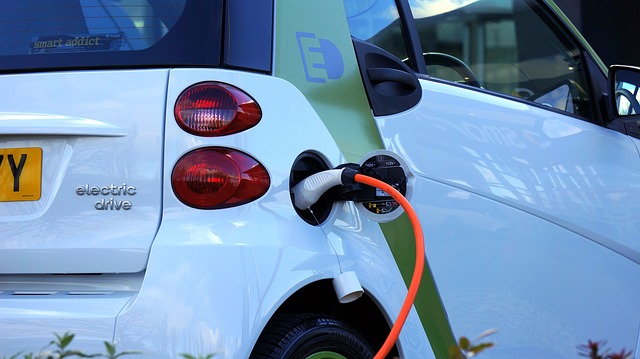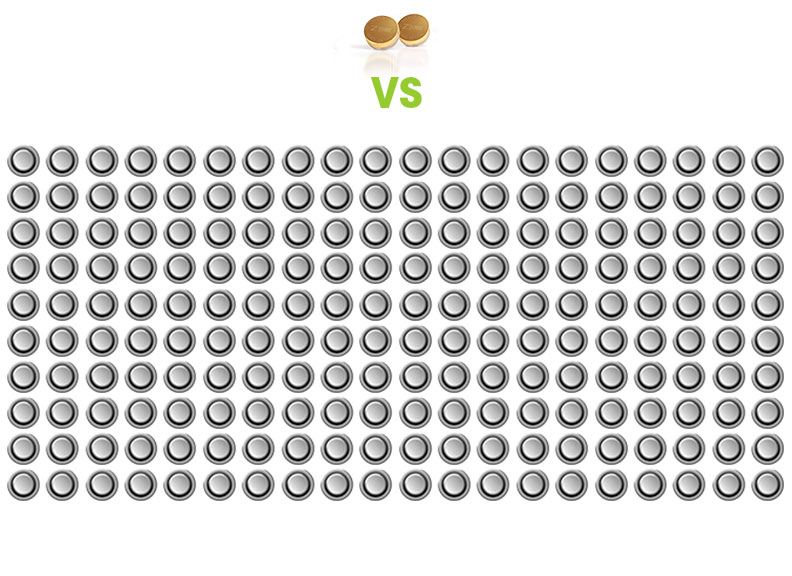 Electric vehicles have become more visible in the automobile market over the past few years, but many potential buyers still cite one thing as a major deterrent in going electric: range anxiety.
Electric vehicles have become more visible in the automobile market over the past few years, but many potential buyers still cite one thing as a major deterrent in going electric: range anxiety.
Range anxiety is a term many use to describe the fear of an EV’s battery running out of juice while driving, leaving them stranded away from a charging station.
However, a new study published by a team from MIT and the Santa Fe Institute looked at data in order to come to a conclusion that range anxiety is not something that most drivers really need to worry about.
Overcoming range anxiety
“What we found was that 87 percent of vehicles on the road could be replaced by a low cost electric vehicle available today, even if there’s no possibility to recharge during the day,” senior author of the study, Jessika Trancik, told The Washington Post.
As technology progresses, EVs continue to have a leg up on traditional gasoline-powered vehicles. In 2015, battery prices for EVs fell by 35 percent. By 2040, experts predict that long-range EV prices will be less than $22,000. Additionally, an expected 35 percent of all new cars world-wide are expected to come with a plug.
Even as the technology progresses, sociological barriers such as range anxiety remain as a factor that stands in the way of a full market boom of EVs.


